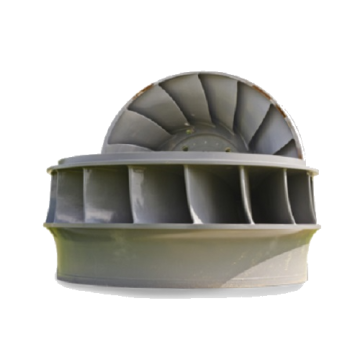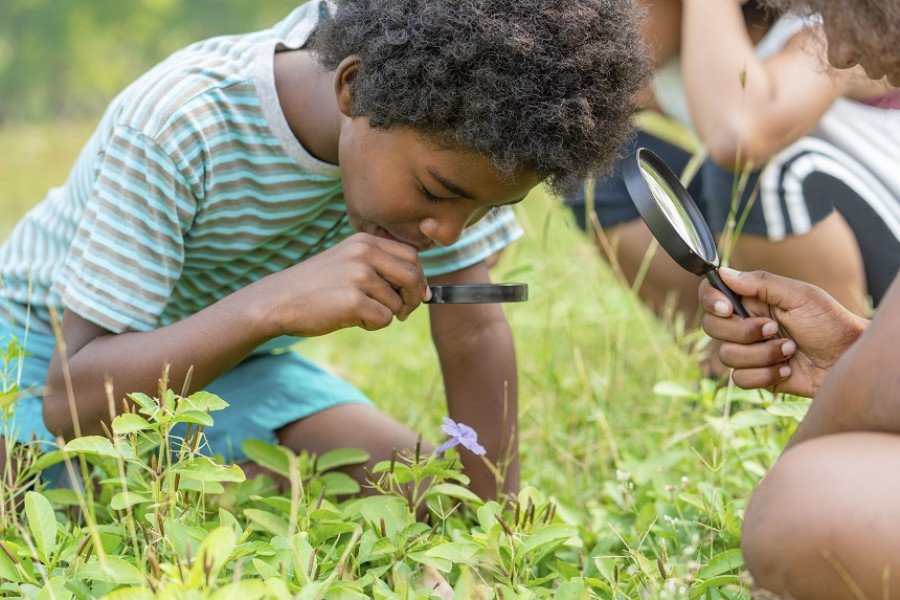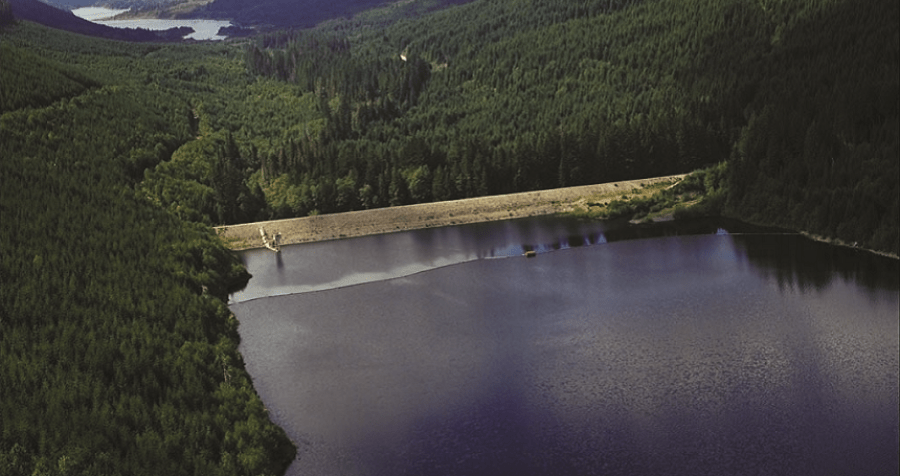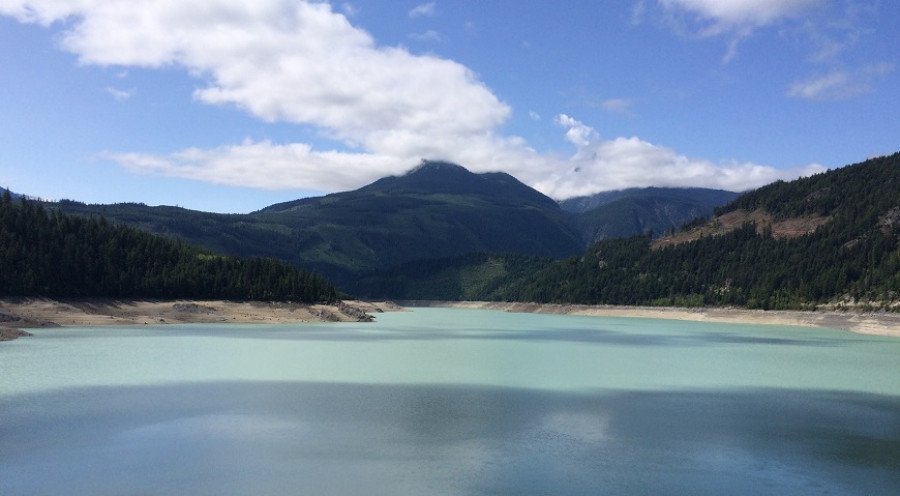Natural B.C. shaping hydro electricity
Using games, stories and creative arts students discover how natural and human-made features have shaped our local environment by creating electricity to power our lives.
- Grade 1
- 3 activities
- 1.3 hours

Big idea
We shape the local environment, and the local environment shapes who we are and how we live.
Learning objectives
- Understand the difference between natural and human-made features.
- Understand how water moves through both natural and human-made landscapes.
- Learn how water moving through a dam can create electricity to power our lives.
Activities

Natural versus human-made
Play a game outside to explore what is natural and human-made.
BC curriculum fit
Grade 1 Social Studies
Content
- Natural and human made features of the local environment
- Natural features: mountains, forests, waterways, local plants and animals
- Human-made features: buildings, bridges, dams, dykes
Curricular competencies
- Use Social Studies inquiry processes and skills to ask questions; gather, interpret, and analyze ideas; and communicate findings and decisions
- Explain the significance of personal or local events, objects, people, or places
Grade 1 Arts Education
Big Idea
- Engagement in the arts creates opportunities for inquiry through purposeful play.
Curricular competencies
Exploring and creating
Create artistic works collaboratively and as an individual, using ideas inspired by imagination, inquiry, experimentation, and purposeful play.
Assessments
- Assess students’ ability to identify the difference between natural and human-made objects.
- Assess students’ participation and cooperation working individually and in groups.
- Assess students’ basic understanding of how water moves through dams to make electricity.
Background info
Hydro electric generation system
More than 90% of BC Hydro's generation is produced by hydro electric generation, which is generally the most cost-effective, clean and reliable option. BC Hydro also continues to investigate alternative sources of energy, such as wind and wave power.
BC Hydro generates over 43,000 gigawatt hours of electricity annually to supply more than 1.9 million residential, commercial, and industrial customers.
Over 80% of BC Hydro's installed generating capacity is at hydroelectric installations in the Peace and Columbia river basins.
How power is generated
BC Hydro generates power by harnessing the power of moving or falling water to produce mechanical/electrical energy. This power is delivered using an interconnected system of over 73,000 kilometres of transmission and distribution lines.
The power is generated as follows:
- Hydroelectric dam: There is potential energy stored in a water reservoir behind a dam. It's converted to kinetic energy when the water starts flowing down the penstock, from the dam. This kinetic energy's used to turn a turbine.
- Generator: The falling water strikes a series of blades attached around a shaft which converts kinetic energy to mechanical energy and causes the turbine to rotate. The shaft is attached to a generator, so that when the turbine turns, the generator is driven. The generator converts the turbine's mechanical energy into electric energy.
- Transmission and distribution system: Transmission lines carry the electricity efficiently over long distances to power our lives.
For more information, read How power is generated.
BC Hydro’s facilities
Explore dams in the Columbia Region, Peace Region, Vancouver Island and Lower Mainland: Find your dam.



